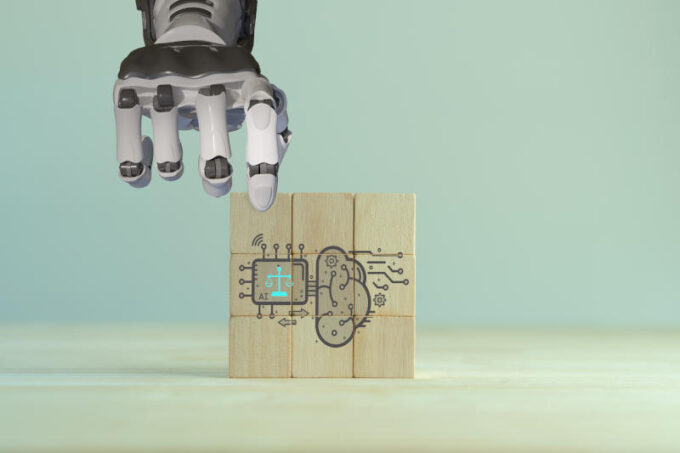Artificial integrity in practice: Four distinct operating modes
When AI is predicated on integrity ahead of intelligence, machines and human beings could be expected to collaborate in new, more ethical ways. There are four key operating modes that characterize this new paradigm:
1 – Marginal Mode:
In Marginal Mode, AI is not used to enhance human capabilities but to identify areas where both human and AI involvement has become unnecessary or obsolete. A key role of artificial integrity here is to proactively detect signs that a process or task no longer contributes anything meaningful to the organization. Say, for instance, activity in customer support drastically decreases due to automation or improved self-service options, AI should be able to flag the diminishing need for human involvement, helping the organization to prepare its workforce for more value-driven work.
2 – AI-First Mode:
In situations where AI is used to process vast amounts of data accurately and at speed – where AI takes the lead – artificial integrity would mean that integrity-led standards such as cultural contexts, fairness, and inclusion remain firmly embedded in processes. For instance, where AI is analyzing patient data to identify health trends, data annotation and checking would be used to ensure the system can explain how it arrives at certain results and conclusions. Transparency would be one outcome. Another would be bias avoidance. Here, training models could be leveraged to take diverse populations into account to avoid generating unreliable, skewed, or discriminatory medical outputs or advice.
3 – Human-First Mode:
There are contexts where human cognitive and emotional intelligence takes precedence over AI, which serves a supporting role in decision-making without overriding human judgment. Here, AI “protects” human cognitive processes from things like bias, heuristic thinking, or decision-making that activates the brain’s reward system and leads to incoherent or skewed results. In the human-first mode, artificial integrity can assist judicial processes by analyzing previous law cases and outcomes, for instance, without substituting a judge’s moral and ethical reasoning. For this to work well, the AI system would also have to show how it arrives at different conclusions and recommendations, considering any cultural context or values that apply differently across different regions or legal systems.
4 – Fusion Mode:
Artificial integrity in this mode is a synergy between human intelligence and AI capabilities combining the best of both worlds. Autonomous vehicles operating in Fusion Mode would have AI managing the vehicle’s operations, such as speed, navigation, and obstacle avoidance, while human oversight, potentially through emerging technologies like Brain-Computer Interfaces (BCIs), would offer real-time input on complex ethical dilemmas. For instance, in unavoidable crash situations, a BCI could enable direct communication between the human brain and AI, allowing ethical decision-making to occur in real-time, and blending AI’s precision with human moral reasoning. These kinds of advanced integrations between humans and machines will require artificial integrity at the highest level of maturity: artificial integrity would ensure not only technical excellence but ethical robustness, to guard against any exploitation or manipulation of neural data as it prioritizes human safety and autonomy.
Finally, artificial integrity systems should be able to perform in each mode, while transitioning from one mode to another, depending on the situation, the need, and the context in which they operate.






